Lori Gatsi-Barnett: Looking at business through the language of diversity, inclusion and equity
‘Diversity is having a seat at the table, inclusion is having a voice, and belonging is having that voice be heard,’ according to author Liz Fosslien.
Have you ever wondered the true meaning of the words in this amazing quote? Ever felt out of place and a little self-conscious as a result? So much continues to change, leaving the question to keep up or get left behind and where to begin.
There are key fundamentals to keeping your business growing and thriving, as the entire world faces recovery from the last two years. Each marketplace faces new challenges, with innovative adaptability and a renewed sense of resilience, to future proof its sustainability for the coming years ahead.
A new language in business has now emerged, that seeks to question the way things have always been. The importance of diversity, how it increases your business performance and redefines your organisational culture. How to truly capture understanding of the consumer trends, ride the roller coaster of influencer marketing, drive those sales, profit margins, and create new audiences that appreciate the tenacity of business evolution.
While diversity has secretly thrived in commodities and services, rebranding, artificial intelligence, and environmentally friendly bio-degradable renewables, unfortunately the one area it has remained relatively slow is in human resources.
The single largest resource business has, is people. To obtain cultural awareness, appropriate language, communication tools, evaluation and monitoring techniques that begin to map out the strengths and opportunities of diversity rather than the assumed weaknesses and threats are vital. Business will always need people to make the critical decisions, redefine the structure of boardrooms, anticipate better growth, and new development methods.
Often the main question that remains unanswered is how to implement long-term benefits through inclusion. However, while bridging the gaps by broadening the skills, talents, qualifications and lived experiences that people bring, how often do we create opportunities to recognise the immense impact that people potentially bring to our organisations. Inclusion by its unique nature seeks to develop a unified systematic approach, that pulls together different complementary features from people, that automatically have positive outcomes, which accelerates profits.
Understanding the push and pull factors of inclusion is crucial because too often the fragile threads of historical events, continual unconscious bias and perception hinder easier transitions and hamper interactions between people. Inclusion by far remains a key component in residual change. Being open to consider alternatives, thinking creatively, exploring innovative ideas and co-designing strategies that seek to place everyone around the table. Change is inevitable but we must be patient with this process as we all stand to gain as we unlearn old ways to make room for better robust ones.
So, as we pivot and take on new concepts another factor to consider is the power of people equity. Appreciating the differences between individuals and groups makes the art of people equity a fascinating tool. Being able to differentiate each team member’s specific needs and incorporating a workable environment that celebrates their individuality, capabilities, aspirations, and vulnerabilities can make significant changes to employee recruitment retention and promotion. As we shift our business language to a more efficient and equitable environment, we will begin to develop workplaces that are sought after, globally relevant and filled with motivated staff who continue to generate benefits and rewards which every stakeholder will appreciate.
It can be quite the juggling act maintaining the appropriate levels of engagement and sustaining the demands of people equity. Regular training, staying ahead of trends, global changes and societal attitudes help to navigate this process. Admitting when things go wrong, accountability, learning from examples, identifying ways to improve our understanding, and not giving up, especially when we face the fear of change.
‘Rome was not built in a day’, so this creative, innovative approach in business continues to evolve. Guided by diversity in its various forms, reinforced by the endurance of inclusion and sustained by the values of people equity. Business resilience is always measured best by its adaptability and flexibility in communication.
Diversity, inclusion, and people equity are popular, but for them to work well in your business, everyone needs to understand how they work. Having a clear sense of diversity, inclusion, and people equity separately and how instrumental they can be collectively, if applied in a complementary manner. It remains an individual and community responsibility to be curious as well as cautious, open to appreciate whilst confronting our unconscious biases, acknowledge learning and apply activities which nurture diversity, inclusion, and people equity.
The future in business language will seek to preserve and make adjustments to ensure the values of diversity, inclusion and people equity are made central to our governance and good practice decision making.
Diversity welcomes more seats at the table, inclusion now hears every voice as belonging is for everyone.

Lori Gatsi-Barnett, founder of JoinHer Network, looks at why diversity, inclusion, and people equity remain key for success in business and society as a whole but to work well everyone must understand how they operate
